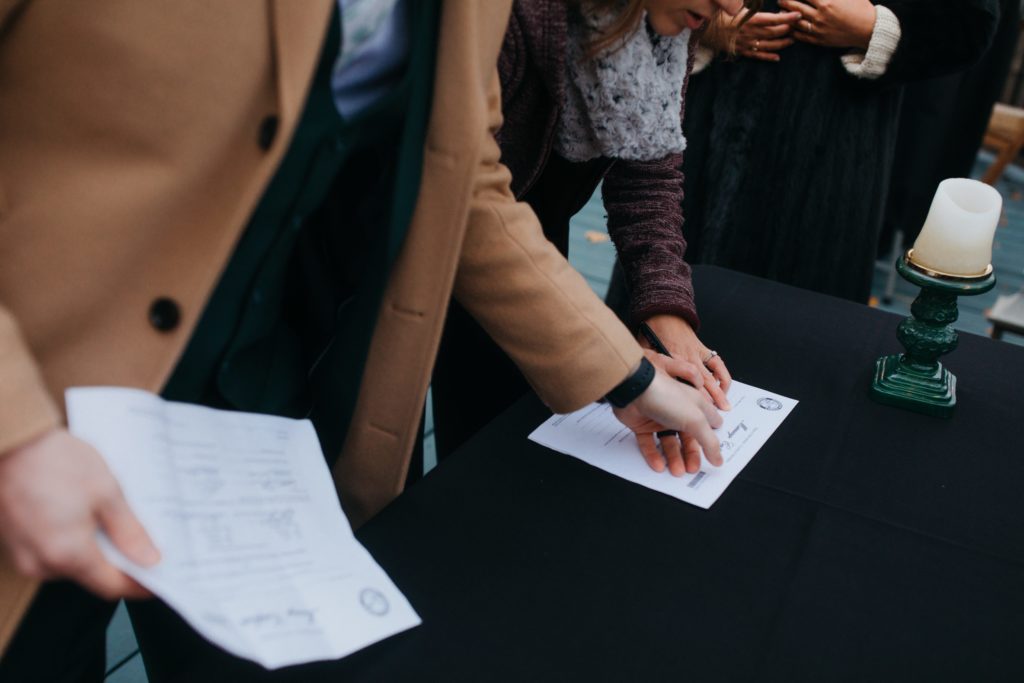The Copyright Act protects photographers by giving the creator of the photograph the exclusive rights to copy, edit, and distribute the image by sale or transfer. These exclusive rights make it illegal to copy, scan, edit, or share photographic prints and digital media without the photographer’s permission. Violators of this Federal Law will be subject to its civil and criminal penalties.
But don’t let this scare you or make you nervous. Let’s dive deep into photography rights, and explain the different between them.

Photography rights: a tale of two cities
There are two types of “rights” in the photography word: the copyright (one word) and the printing rights (two words).
Copyright:
The “copyright” to any given photograph is created the minute we press the button. It’s the integrity and knowledge we use to create our piece of art. It’s the process of creating the art. And it gives us the title of “supreme artist” once we finally do create the art (pretty sure you get a plaque in the mail. Just kidding. Kind of.). It’s what allows us to sue people for “copyright infringement” when they do bad things like steal our art off of our websites and social media and claim it as their own. Remember when you were younger and they’d tell you not to rip music offline? It’s the same legalities (mostly, essentially).
Copyright acts helps to prevent the theft and other unseemly actions being taken on photographs by people other than the creator (it’s a similar concept to music licensing). Sometimes other photographers will steal work and try to sell it, or pass it off as their own, or other similar actions. Sometimes companies will use photographs to promote their business that they haven’t paid to do so. Copyright acts help creators keep their works safe.
Examples of things you can do with copyright ownership:
- edit, alter, adjust images
- sell the images for profit
- claim to have taken the photograph
- enter the images into contests
- sell rights to other individuals
Printing/Use rights:
When it comes to wedding photographs, you just want to be able to print whatever, wherever, whenever. It’s the “printing rights” that allow you to do that. Most print releases from photographers allow you to print your photographs through anybody at any time, meaning you can print as many 5×7’s for grandma as your wallet will allow.
Now, not every photographer offers these – but many do, especially with their wedding collections.
Examples of things you can do with printing right ownership:
- posting them online/sharing them
- cropping the images for printing
- converting an image to black and white for printing (or ask your photographer!)
- printing them wherever, whenever you’d like
Final words:
Your photography retaining the copyright to the images is a standard practice for artists and creators. If you have concerns about what type of rights you are granted with your session or collection, reach out to your photographer for clarification.
(Working with me? All of my session and wedding collections includes printing rights. Party!)
M

[…] The government given intellectual property rights given to photographers to protect from theft and illegal use of created images. Here’s a great article that explains more about copyright! […]